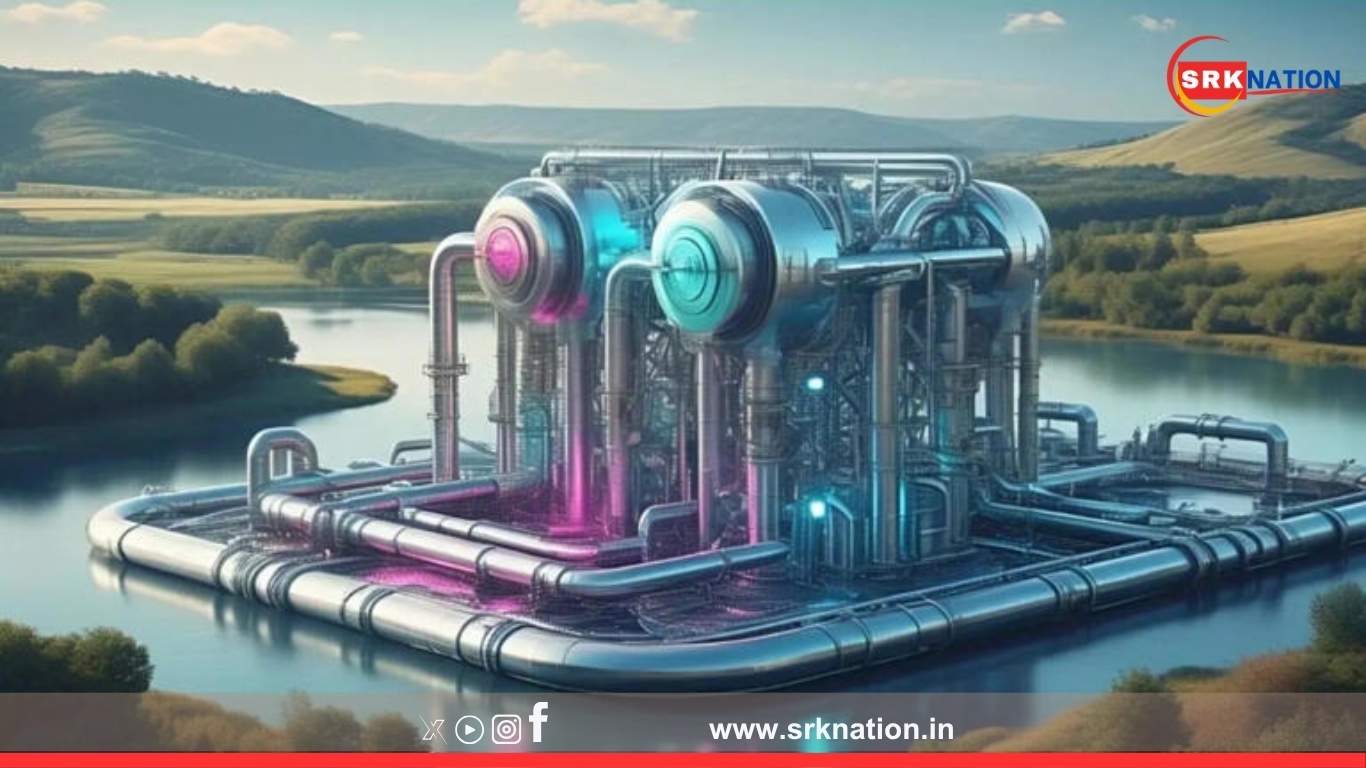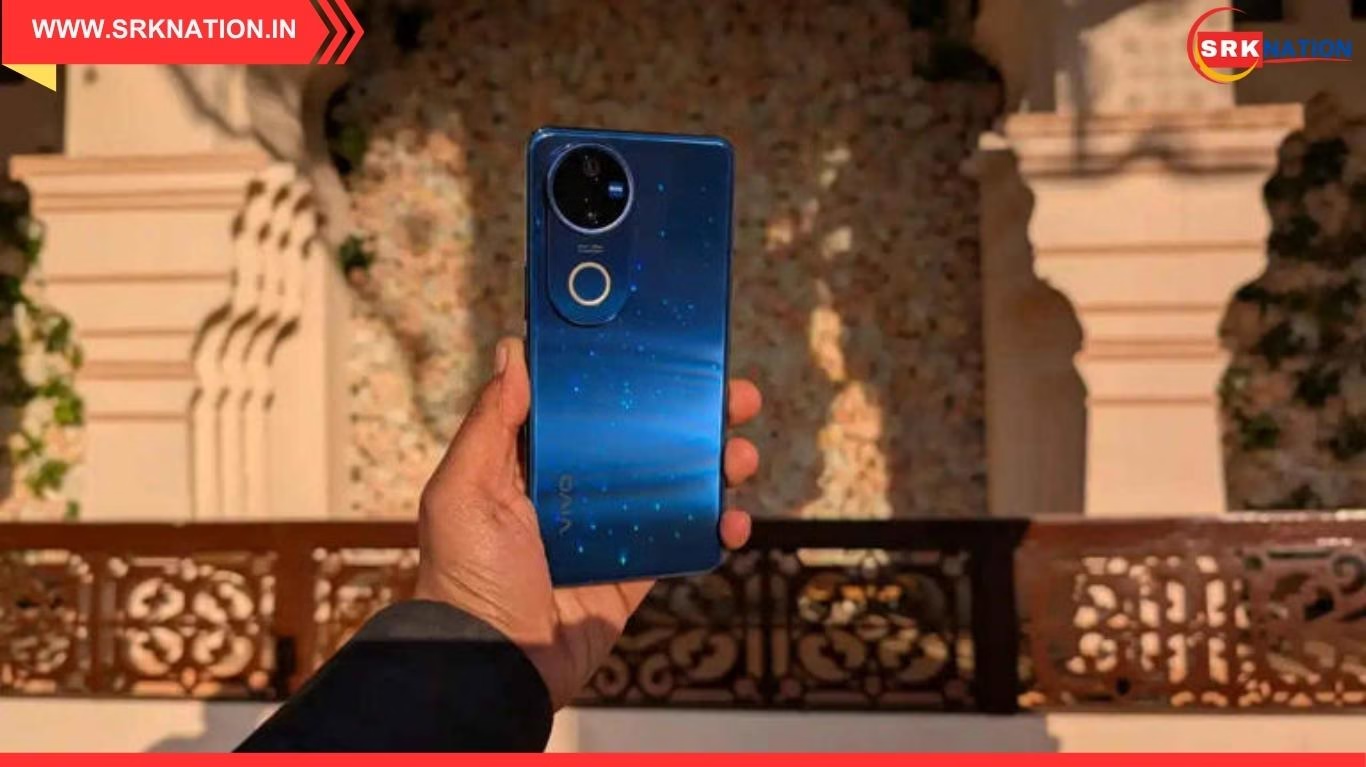In a remarkable scientific and social innovation, Indian researchers have unveiled a revolutionary AI-powered water filtration system that uses sunlight and controlled vibrations to purify toxic waste water at minimal operational cost. The system promises to address India’s chronic clean water challenges in both rural and industrial regions.
What Is The New AI Water Filter Technology?
The innovative filtration system was developed by a multidisciplinary team of scientists from leading IITs and private environmental tech firms. It uses:
- Artificial Intelligence algorithms to monitor pollutant levels in real-time.
- Solar-powered nano-coating membranes to trap heavy metals, pesticides, and pathogens.
- Low-frequency vibrations to prevent membrane clogging, extending filter life by over 300%.
Key Features Of The AI Filter
| Feature | Function | Impact |
|---|---|---|
| AI-based sensors | Detect contaminant concentrations and auto-adjust flow | Ensures optimal purification without manual recalibration |
| Solar integration | Harnesses sunlight to power filtration and vibrations | Enables off-grid operation in remote villages |
| Vibrational cleaning | Dislodges debris, preventing biofilm build-up | Reduces maintenance costs and downtime |
| Modular design | Stackable units tailored for household or community use | Scalable from homes to industries |
How Does It Work?
- Contaminated water enters the filtration chamber.
- AI sensors analyse real-time toxicity levels, determining flow rate and membrane activation patterns.
- Sunlight powers nano-coated membranes, which attract and bind heavy metal ions such as arsenic, lead, and mercury.
- Controlled vibrations shake off accumulated particles, cleaning the membrane surface continuously.
- Purified water exits, ready for drinking, irrigation, or industrial reuse depending on the configuration.
Scientific Breakthrough: Sunlight-Driven Nano Membranes
Unlike conventional reverse osmosis or UV-based filters that require external power, this system uses photoactive nano-materials. Under sunlight, these materials:
- Produce reactive oxygen species that destroy pathogens.
- Trigger photocatalytic reactions that break down organic pollutants.
This combination achieves 99.9% pathogen removal and up to 98% heavy metal filtration, meeting WHO drinking water standards.
Why Is This Crucial For India?
Water Pollution Challenges
- Over 70% of India’s surface water is contaminated, affecting 600 million people.
- Industrial effluents, agricultural runoff, and untreated sewage remain key sources.
- Traditional filters are often unaffordable or unsuitable for remote villages due to power dependency.
Potential Impact Analysis
| Region/Use Case | Current Challenges | AI Filter Benefits |
|---|---|---|
| Rural villages | Lack of power, manual cleaning, high maintenance costs | Solar-driven, automated cleaning, minimal human intervention |
| Arsenic belt (Bengal, Bihar, UP) | Groundwater arsenic poisoning affecting health | Removes arsenic ions effectively, preventing cancer and organ damage |
| Industrial effluent treatment | High energy costs, chemical sludge disposal issues | Low-energy, chemical-free purification with recyclable filters |
| Urban slums | Unsafe piped water, frequent contamination | Affordable community installations ensure safe water access |
Cost And Scalability
Estimated cost per unit: ₹8,000 – ₹12,000 for household models and ₹3–5 lakh for community-scale installations, depending on capacity. With mass production, prices are expected to decline by up to 40% within two years, making it viable for wide-scale deployment.
Government & Corporate Adoption
The Ministry of Jal Shakti is reportedly evaluating pilot implementation in arsenic-affected districts of West Bengal and Assam. Additionally:
- CSR divisions of FMCG giants have shown interest in deploying AI filters in rural schools.
- International organisations like UNICEF are exploring collaborations for integrating the technology in sanitation programmes.
Expert Opinions
Dr. Shreya Menon, Water Sustainability Researcher:
“This is a practical leap for India – solar-powered, AI-optimised, and vibration self-cleaning. It removes heavy metals, bacteria, and organic toxins without complex maintenance.”
Rahul Bhatia, Rural Development Consultant:
“If supported under Jal Jeevan Mission or similar state programmes, this can ensure daily clean water for crores, reducing waterborne disease burden.”
Global Implications
India’s success with such scalable clean-tech innovations can position it as a global leader in low-cost water purification exports, addressing the UN’s Sustainable Development Goal 6 (Clean Water & Sanitation) for South Asia and Africa.
Challenges Ahead
Despite its promise, experts caution:
- Community training is essential to maintain and monitor the units effectively.
- Long-term durability data beyond lab and initial field trials is awaited.
- Policy integration and subsidy frameworks need urgent development for equitable distribution.
Future Outlook
The AI water filter team is working on integrating mobile app dashboards for village panchayat operators to track water quality data live. They also plan to scale manufacturing by partnering with Indian clean-tech startups, ensuring rapid deployment before 2027.
Conclusion
India’s AI water filter combining sunlight, vibrations, and intelligent sensors could transform its drinking water landscape, particularly for marginalised communities and pollution hotspots. If effectively scaled, this innovation may become a blueprint for affordable, sustainable water purification globally.
Disclaimer
This article is for informational purposes only. It does not constitute medical, engineering, or financial advice. Readers are advised to consult certified experts and official government notifications before making decisions related to public health or technology investments.











